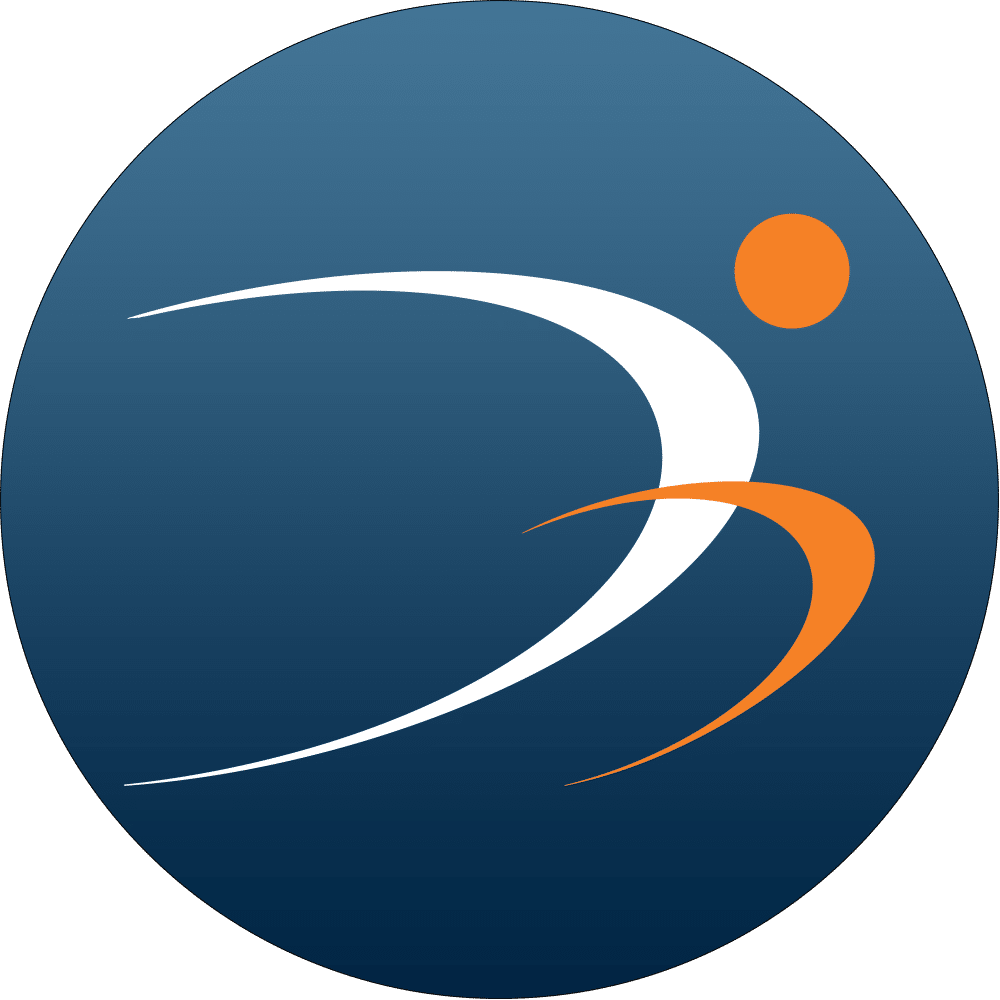Elbow Pain
elbow Pain: A Guide to Causes, Treatment and Prevention
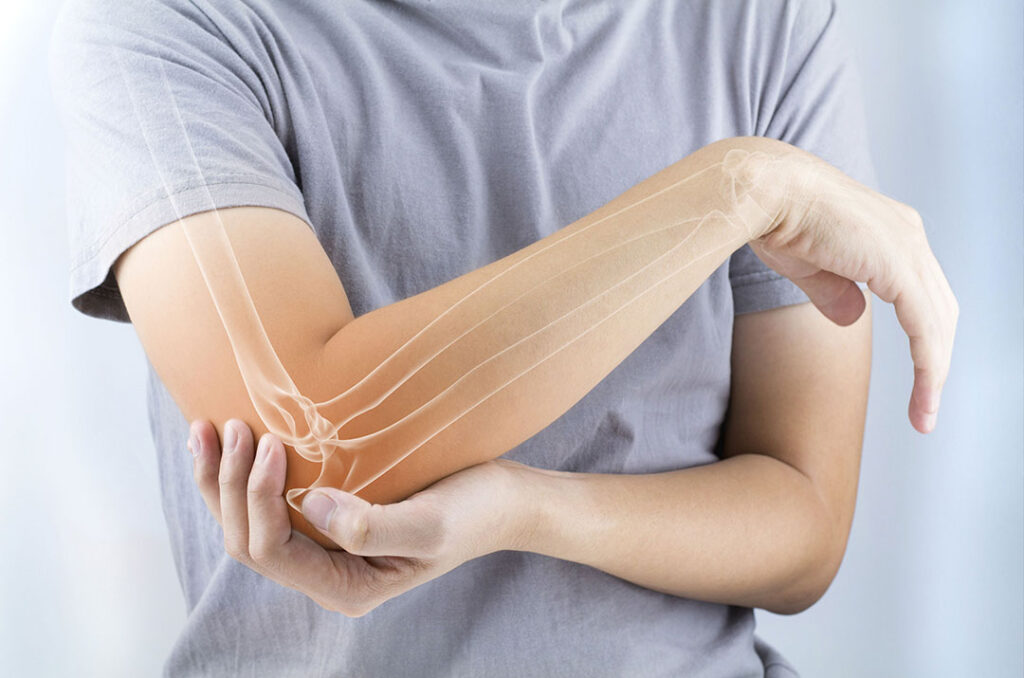
Elbow pain is a common condition that affects people of all ages. The elbow joint is a complex joint consisting of bones, muscles, tendons, and ligaments. Any damage or injury to any of these parts can cause elbow pain, affecting your ability to do everyday activities like lifting, gripping, and even typing.
Let’s explore the causes, symptoms, prevention, and treatment options for some of the common causes of elbow pain.
common causes of ELBOW PAIN :
Doing the same motion over and over again, such as typing, throwing a ball, or using a screwdriver, can cause strain on the tendons and muscles in your elbow.
Poor technique during sporting activities , especially tennis and golf or any racquet sports, puts too much strain on the elbow joint
Or
Inappropriate sporting equipment, such as using a heavy tennis racquet or having the wrong sized grip on a tennis racquet or golf club
- Pressure on the nerves in your elbow, such as from a pinched nerve or cubital tunnel syndrome, can cause pain, numbness, and tingling.
Inflammation of the bursa, a fluid-filled sac that acts as a cushion between bones and tendons. Bursae lubricates moving parts such as joints, muscles and tendons. Bursitis may be caused by repetitive use or frequent pressure or by injury to the elbow.
Osteoarthritis, rheumatoid arthritis, and other types of arthritis can cause pain and stiffness in your elbow joint. Arthritis can affect any joint in the body, including the elbow joint. The joint cartilage becomes brittle and splits. Some pieces of cartilage may even break away and float around inside the synovial fluid (a liquid found in the joints). This can lead to inflammation and pain
A sudden impact or fall can cause a fracture, dislocation, or sprain in your elbow.
common elbow conditions :
Contrary to popular belief, you don’t need to be a pro tennis player to experience tennis elbow. This condition, medically known as lateral epicondylitis, occurs due to overuse of the forearm muscles, resulting in inflammation and pain on the outer side of the elbow.
Similar to tennis elbow, golfer’s elbow (medial epicondylitis) affects the inner side of the elbow. It’s caused by repetitive motions, such as swinging a golf club or gripping a racket tightly.
All joints are held together and supported by tough bands of connective tissue called ligaments. Any type of joint injury characterised by tearing or abnormal stretching of these ligaments causes the elbow to sprain
A fall or high-impact blow to the elbow can cause a fracture in the bone, leading to severe pain and immobility Or a powerful muscle contraction can wrench the tendon free and pull out pieces of bone (Avulsion Fracture)
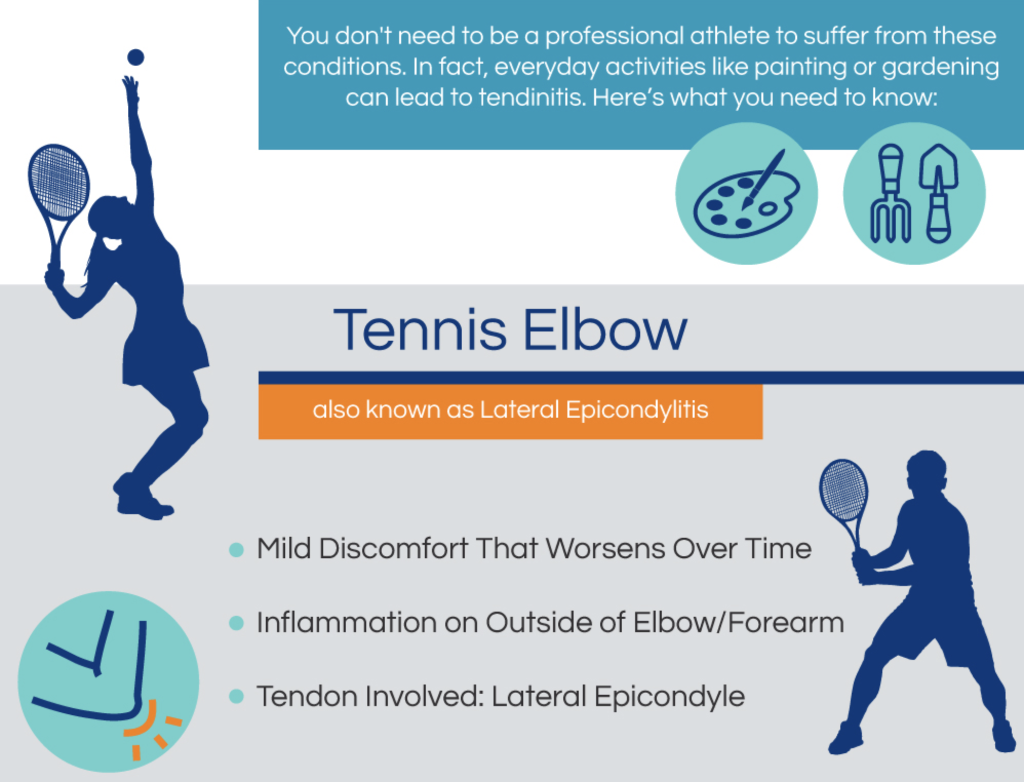
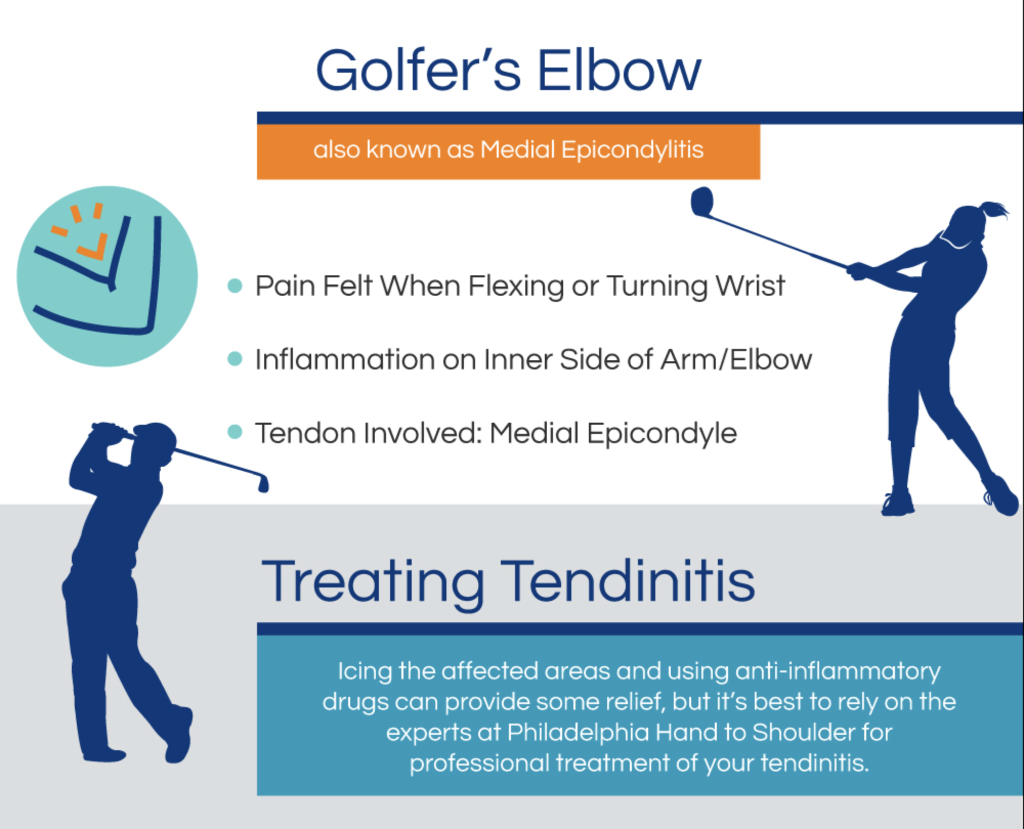
Prevention Strategies for Elbow Pain:
- Warm-up and Stretching: Prior to any sports activity, it is essential to warm up the muscles and joints and perform dynamic stretching exercises specific to the sport to prepare the elbow for the demands it will face.
- Proper Technique and Equipment: Athletes should receive proper training to ensure correct techniques and form during sports movements. Additionally, using well-fitted and appropriate equipment, such as racquets or bats, can reduce strain on the elbow joint.
- Gradual Progression: Athletes should gradually increase the intensity, duration, and frequency of their training to allow the muscles and tendons to adapt and avoid overuse injuries.
- Strength and Conditioning: Incorporating exercises that strengthen the muscles around the elbow, such as forearm exercises and grip strength training, can provide stability and support to the joint.
Treatment Options for Elbow Pain:
- R.I.C.E : Rest, Ice, Compression & Elevation. Resting the injured elbow and applying ice packs for 15-20 minutes several times a day can reduce inflammation and alleviate pain. Compression bandages and elevating the injured with arm sling can also help to decrease the pain and reduce swelling after injury.
- Physical Therapy: A qualified sports doctor or physical therapist can design a customized rehabilitation program to strengthen the muscles, improve flexibility, and promote healing of the injured elbow.
- Medications: Nonsteroidal anti-inflammatory drugs (NSAIDs) can help reduce pain and inflammation. However, it is important to consult a doctor before taking any medication.
- Corticosteroid Injections: In severe cases, a doctor may administer corticosteroid injections to reduce inflammation and provide temporary pain relief.
- PRP (Platelet-Rich-Plasma) Injection : PRP therapy is a well-studied treatment for tennis and golfer’s elbow. Platelet-rich plasma contains growth factors and other beneficial substances that stimulate healing and tissue regeneration. When compared to corticosteroid injections, PRP therapy significantly reduced elbow pain and enhanced function, outperforming corticosteroid injections.
How Physical therapy and technology can help you :
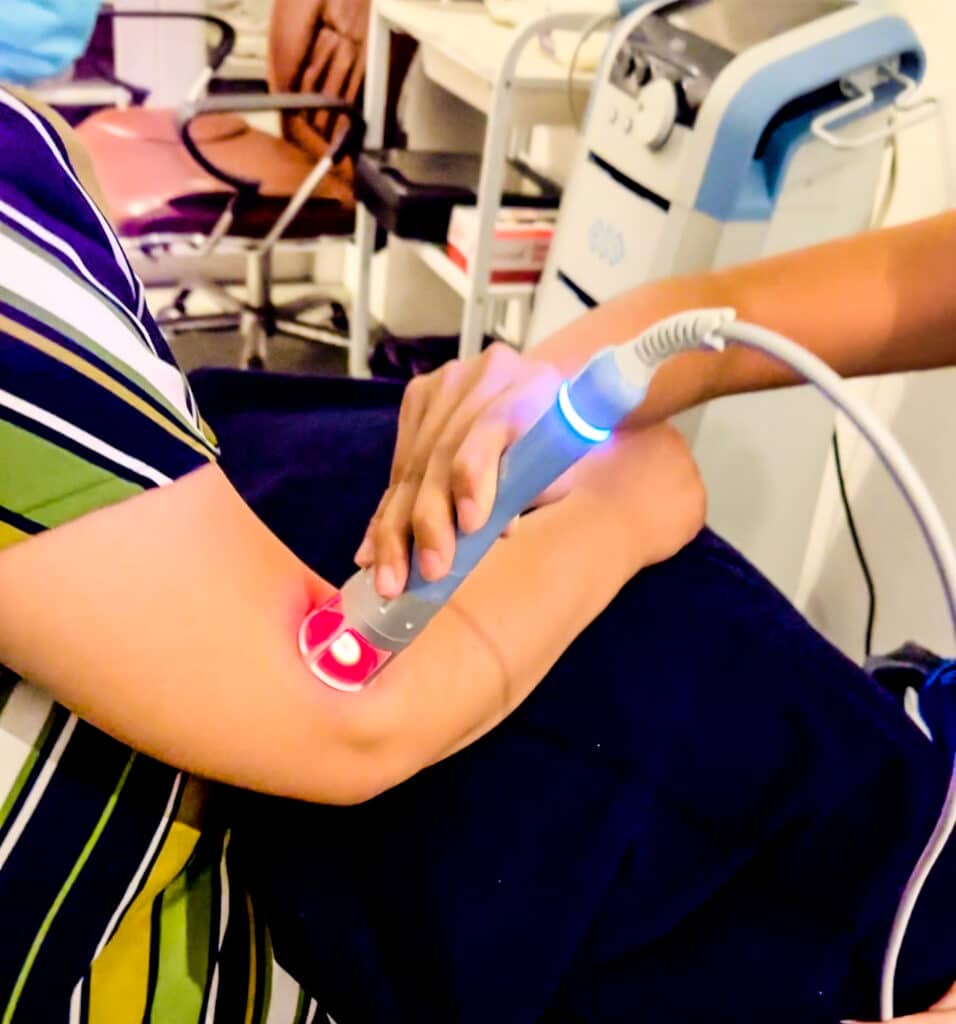

Physical therapy plays a crucial role in the rehabilitation of elbow injuries, specifically :
- Pain Reduction: Therapeutic techniques, such as manual therapy, and modalities like Radio frequency therapy, Laser, Ultrasound can help reduce pain and inflammation in the elbow
- Range of Motion and Flexibility: specific exercises and stretching techniques to improve range of motion, flexibility, and joint mobility
- Strengthening: Targeted exercises are used to strengthen the muscles surrounding the elbow joint, providing stability and support during activities.
- Functional Rehabilitation: focus on restoring functional abilities, such as gripping, lifting, and throwing, through sport-specific exercises and activities for daily living.
Here at ReActive Sports Clinic, we employ all of these techniques and technologies to provide you with the best care you can get.
So don’t suffer in silence – take action today and start living a pain-free life!
Book your appointment today !

Our location :
Address
4th Floor Benning Building, Arellano Street, Dagupan City
Landmark : Between University of Pangasinan & Region 1 Medical Center
(Opposite of 7Eleven , Arellano )
Parking : Ground level & Basement
Elevator : Available
Wheelchair accessible building
info@dwn.gautama.com.np
Phone
+63 968 706 1638
